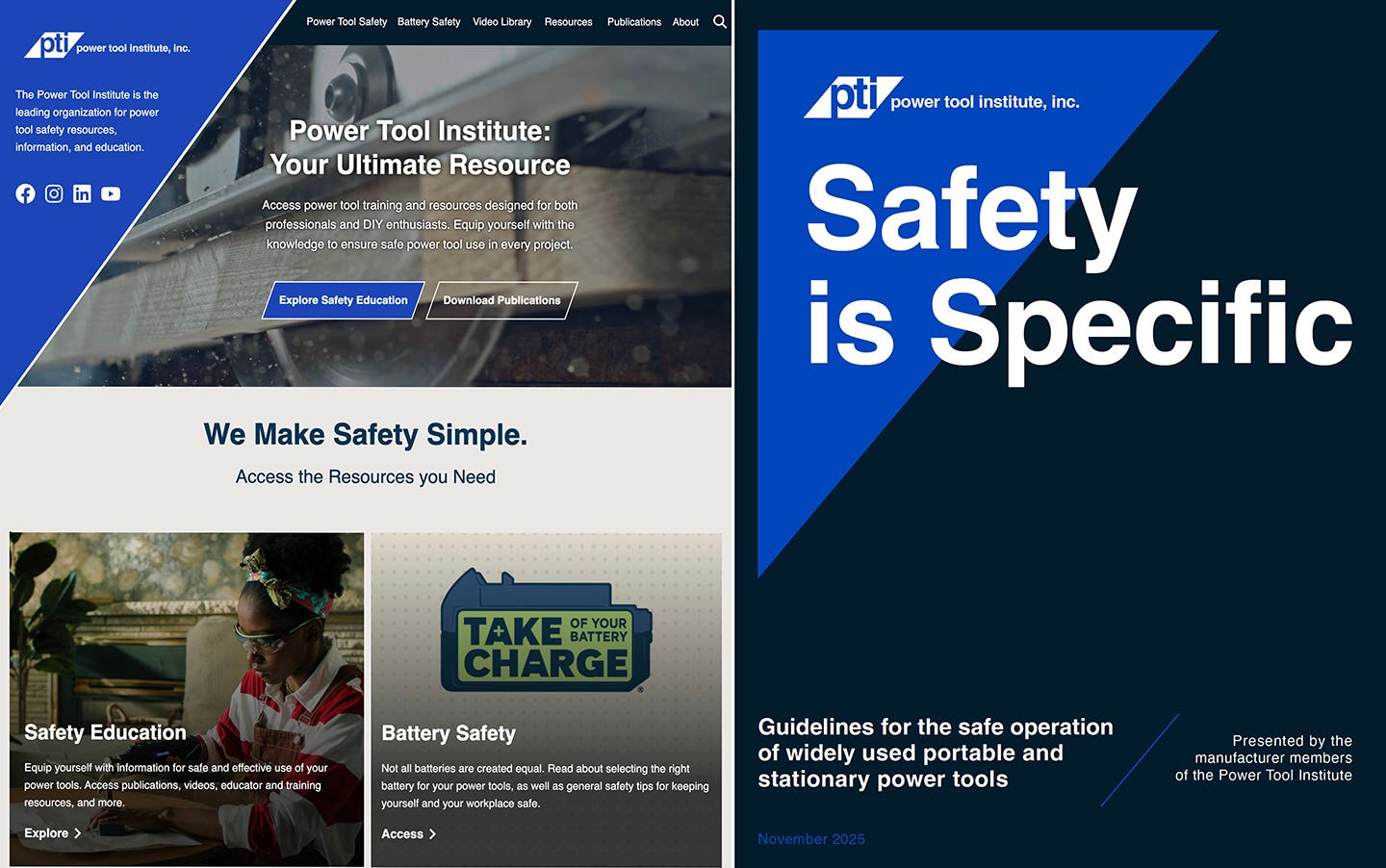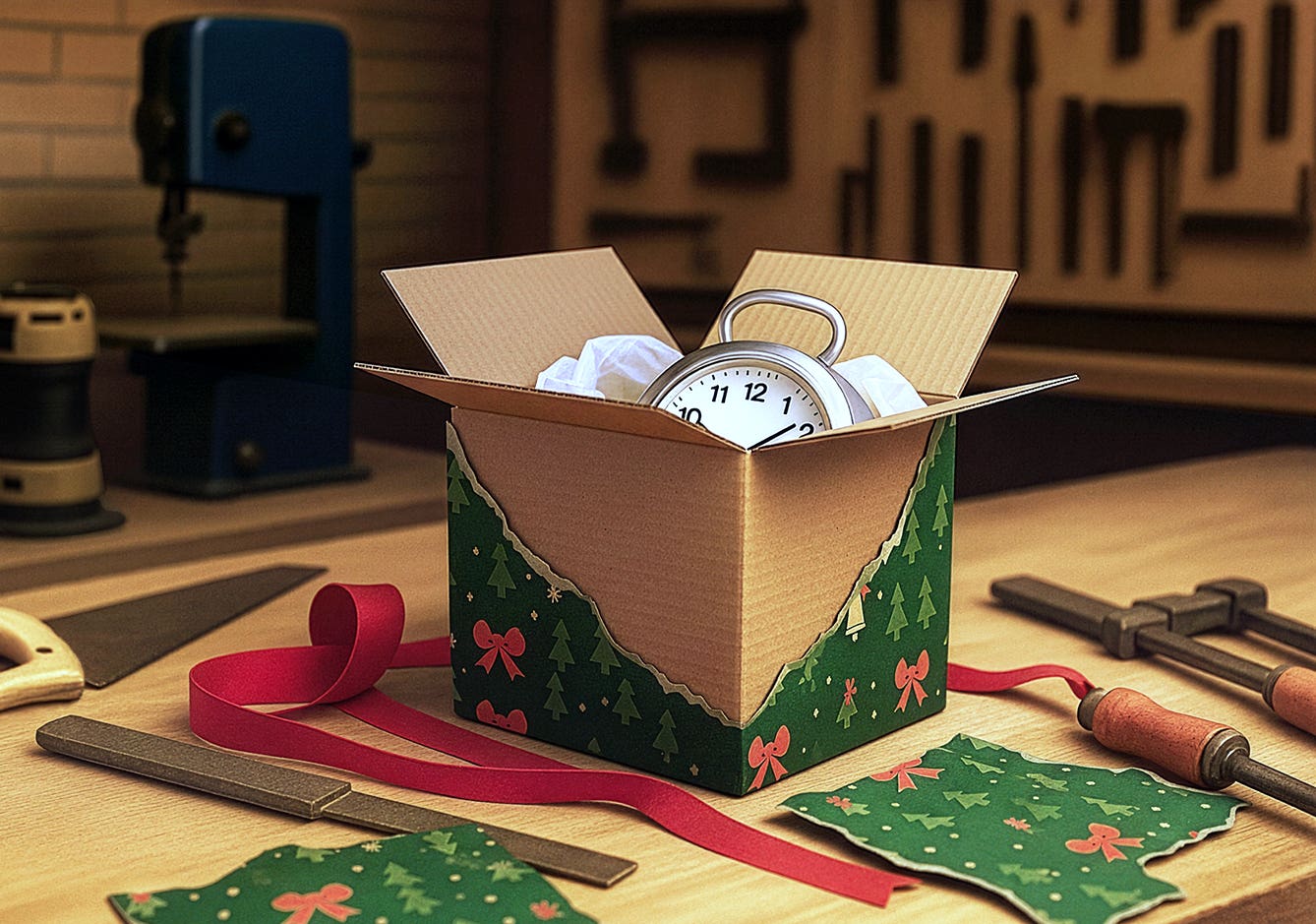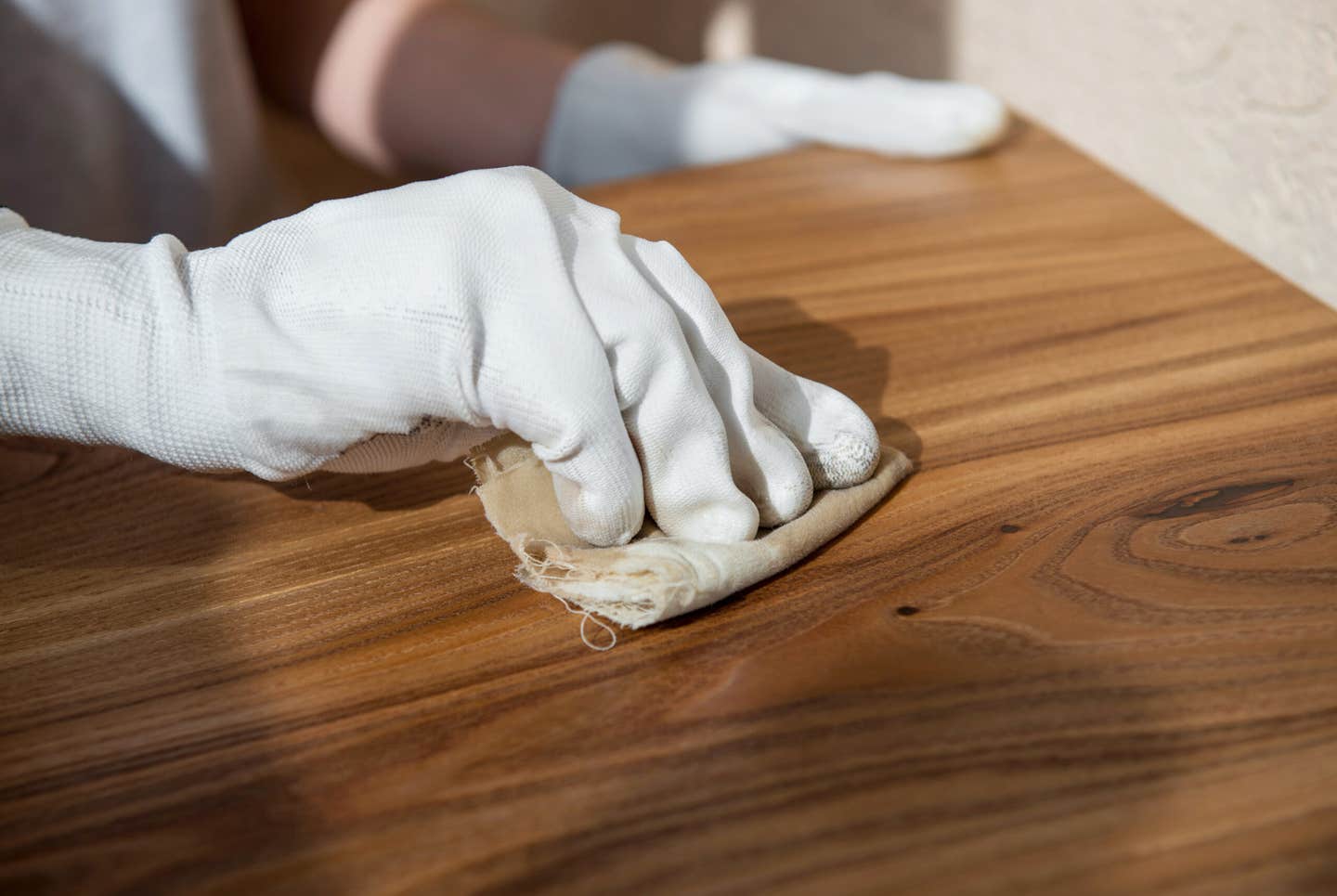Buy or lease? Find your answer in the tax code
EDITOR’S NOTE: The purpose of the following information is not to give tax-related or financial advice, but rather just to let woodshop owners know about some options that they might…
EDITOR’S NOTE: The purpose of the following information is not to give tax-related or financial advice, but rather just to let woodshop owners know about some options that they might wish to research further.
The decision to buy or lease equipment can have a major effect on a company’s cash flow and it can also affect a shop’s tax situation. Each owner or manager needs to make the buy-lease choice based on several variables and the first external one is obviously interest rates.
Since 2008, the Federal Reserve has purchased more than $1 trillion worth of long-term Treasury and mortgage-backed securities as a way to keep interest rates at historically low levels. In simple terms, the theory is this: if people don’t earn any interest on bonds, they are more likely to buy stocks, which will stimulate economic growth. As the recovery strengthens, that policy is being phased out. On Sept. 17, Reuters reported that the Federal Reserve renewed its pledge to keep interest rates near zero for what it calls “a considerable time” after the bond-buying stimulus program ends this month (October). However, those are interest rates paid on bonds. The Fed statement also indicated that the winding down of the bond-buying program “could raise borrowing costs faster than expected,” but Reuters then quoted several economists who seemed to indicate that they didn’t think we would see that until perhaps 2017.
So, for 2015, the general opinion seems to be that interest rates will remain somewhat contained.
Looking at cash flow
The next big issue when making the buy-or-lease decision is internal: what does the woodshop’s cash picture look like?
“Cash is king,” says Rod Bennett of Commercial Capital Leasing in Kennesaw, Ga. “Before the recession, many businesses underestimated the importance of conserving cash when times are good and having it available for the eventual rainy day that always comes. When that did happen, what they discovered was that cash and not credit lines or contracts or even personnel is the lifeblood of any business.”
A lot of small-woodshop owners, some of whom are now riding the coattails of resurgent construction starts in various parts of the country, are currently asking themselves whether they should expand by hiring and investing in more equipment and whether they should relocate to a larger space. The first thought that occurs to people faced with these decisions is that growth should be financed by cash reserves rather than borrowing. Bennett, whose company is in the business of helping woodshops lease equipment, has a conservative view on this.
“Unless your business has enough cash in the bank to cover a minimum of six months operating expenses,” Bennett says, “then you shouldn’t be using your cash to fund it, except in the case of hiring people whose work will be immediately contributing positive cash flow to your business.”
He makes a good point. Purchasing equipment through bank financing usually requires a partial down payment, which eats up some cash reserves. Banks are a little more timid these days and they are consequently asking for more of an equity stake by the borrower (that is, a larger down payment). Bankers are also taking a harder look at the length of the repayment period and a shorter schedule usually means higher monthly payments. Some banks are still slow to lend and others have invented new fees, especially late fees, that deserve a second look before one commits to terms.
“Equipment leasing is an attractive option right now,” Bennet says. “Most leases are structured for ownership of the equipment at the end of the lease. And if a shop has had a few rough years and its credit rating has suffered a bit, that isn’t as big an issue with leasing as it is with borrowing. You may not qualify for some programs, but an experienced and well-connected finance brokerage firm can find a solution to get you equipment financing.”
Bennett says that businesses looking to move to a larger facility have a couple of options. They can leverage shop equipment to get a working capital loan or else use its monthly cash flow to qualify for a short-term (12-month) unsecured working capital loan.
“These solutions may carry a higher cost of debt service,” he says, “but one doesn’t want to miss out on the opportunity to add equipment or space that will contribute profits. If you have the opportunity to add more revenue, then do it as long as the cost of doing so is less than 25 to 30 percent below the projected monthly revenue.”
Timing is everything
Any major investment will have tax repercussions, so a woodshop owner should sit down with a tax professional as soon as possible and figure out whether the investment should be made before or after the first of the year. Investments of at least $25,000 could come under the IRS’s Section 179 bonus appreciation clause in 2014. Designed to encourage companies to invest in equipment, the ruling allows a woodshop to write off the entire purchase price of specified machinery (and even over-the-counter software) in the 2014 tax year.
“There are numerous variables and restrictions,” says Teresa Bonnet of Willow Creek Tax in Newell, S.D. “So the advice of a tax professional is critical.”
The program might be available again in 2015, but that decision is still in flux. In essence, the rule says that a woodshop that buys or leases a piece of qualifying equipment can deduct the full purchase price from gross income in a single year, as opposed to having to take it over the perceived life of the purchased asset (usually five to 15 years). Section 179 has been around awhile and it used to be referred to as the SUV loophole, because so many companies used it to buy vehicles. That hole has been sewn up quite a bit of late, but there might still be some leeway if a shop needs, say, a delivery truck. Again, ask an accountant.
The biggest advantage to Section 179 is that, if 2014 has been the first really profitable year since the economy went in the tank, it’s a way to reduce a shop’s immediate tax liability and give a cash-strapped business one more year to recover. It buys time to get ready to start paying income tax again and also provides a way to add some equipment now that will fuel the extra cash flow needed to sustain growth. In 2013, the limits of the program were $500,000 as that year’s write-off on a maximum investment of $2 million. Levels for 2014 still haven’t been set.
Other tax initiatives
If your woodshop primarily produces furniture and it’s located in Rhode Island, it might be worth looking at that state’s sales tax exemption for works of art. Designed to attract businesses to the state, keep existing companies within its borders and encourage new concerns, such state tax incentives might not sound like a big deal, but they are definitely significant. If a business is operating at 8 to 10 percent profitability and the state sales tax is being forgiven at, say, 4 percent of gross sales, those numbers can mean the difference between upgrading equipment or not. An accountant can very quickly tell a woodshop owner whether a state sales tax initiative will make the purchase or lease of new equipment possible.
Next spring, the state of Florida will be offering such a program and it has the stated goal of attracting new manufacturing.
But perhaps the most significant state program, in terms of population alone, is California’s. There, the Board of Equalization (what would usually be referred to as the Department of Revenue) is the agency responsible for collecting sales tax. A new law that took effect on July 1 permits “manufacturers to obtain a partial exemption of sales and use tax on certain manufacturing and research-and-development equipment purchases,” if they meet certain requirements.
The tax incentives are designed to “create good jobs with middle-class wages and benefits” within “areas of the state suffering from high rates of unemployment and poverty.” The partial exemption only applies to the state sales-and-use tax, which is 4.1875 percent. Local sales and use taxes still apply and, in order to qualify for the exemption, businesses must meet all of the following conditions:
• Be engaged in a qualified manufacturing business activity.
• Purchase qualified equipment.
• Use that qualified equipment for the purposes allowed by this law.
The Board of Equalization strongly recommends that any woodshop seeking to take advantage of the rule submit its plan to the board and receive a written acknowledgment saying that such a purchase will qualify. Failure to do so, the state says, could result in tax penalties, so be careful.
For information, visit http://boe.ca.gov.
This article originally appeared in the November 2014 issue.







